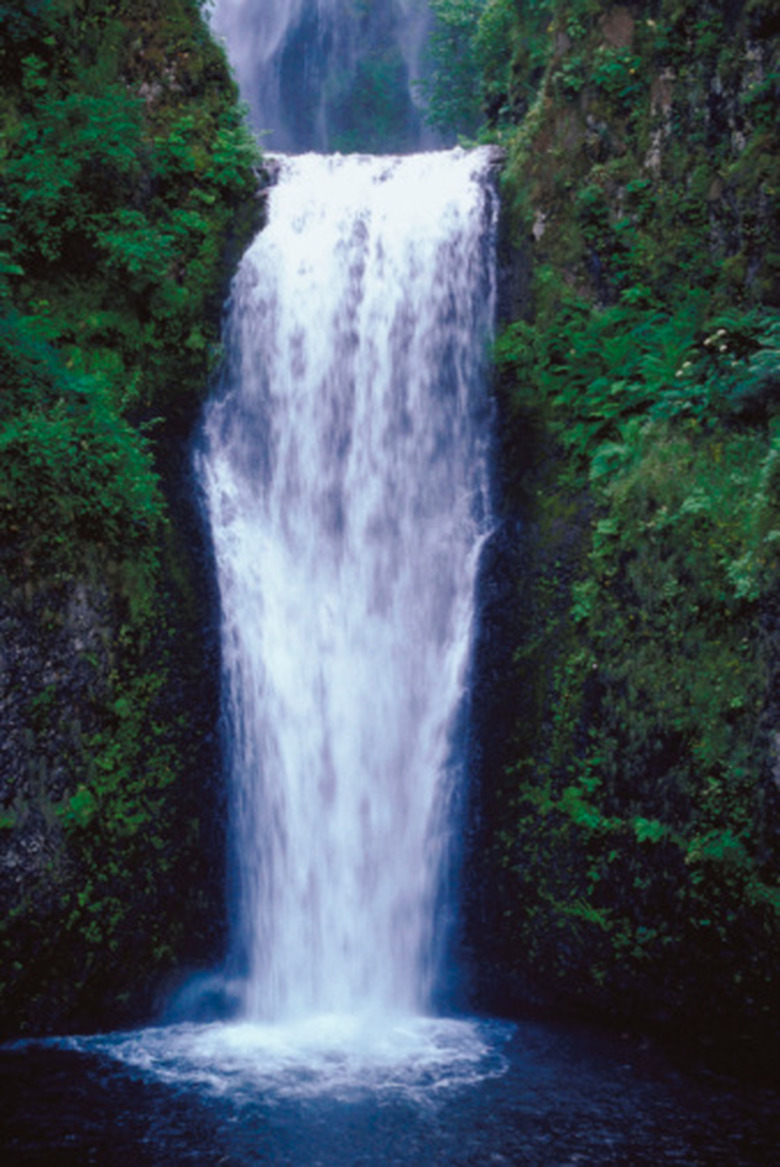Tools Used In Hydrology
Hydrology is the study of the distribution, flow and interaction of water. Hydrology includes aspects of several areas of science, including geology, chemistry, soil science and plant physiology. Tools for use in hydrology usually originate in or have uses in these sciences as well. Additionally, methods for measuring weather often have hydrological uses. Measuring the movement of water allows hydrologists to assess and plan for drinking supplies, crop growth and coastal erosion. Technological innovations such as computers and satellites further contribute to the accurate collection of water-related data.
Water Flow
Water Flow
As water flows, hydrologists often need to measure its movement. Stream gauges measure the height of the water at any given moment. A sampling of readings over time is necessary in order to draw meaningful conclusions. Stream gauges help predict flooding in addition to assisting water transportation. Buoys with local altitude measurement devices allow hydrologists to collect meaningful data regarding water height and flow. This is useful for the managing of fishing areas and monitoring of reservoir levels.
Precipitation
Precipitation
Water falling from the sky can be of great interest to hydrologists. Rain collectors give simple readings of water accumulations. Weather radar can help assess which areas may or may not be affected by droughts or floods.
Simpler Tools
Simpler Tools
When in the field, hydrologists may employ more common place tools when collecting data. Rulers can measure water height or soil erosion directly. When assessing soil density (as influenced by moisture and the presence or absence of water), scales help determine weight differences. Less precise, but more directly available to researchers in the field, are their hands for making broader assumptions about soil moisture.
Modern Innovations
Modern Innovations
Satellites are a recent technological development now employed in the collecting of information for hydrological analysis. Satellites with infrared cameras can measure water temperature to help determine the source of the water in addition to possible future weather patterns. Satellites that make use of microwaves can collect information about changes in ground height. Hydrologists can then deduct information about moisture content of the soil, helping to predict drought patterns and thereby assist crop growth.
Cite This Article
MLA
Jakubik, Alex. "Tools Used In Hydrology" sciencing.com, https://www.sciencing.com/tools-used-in-hydrology-13425413/. 21 July 2017.
APA
Jakubik, Alex. (2017, July 21). Tools Used In Hydrology. sciencing.com. Retrieved from https://www.sciencing.com/tools-used-in-hydrology-13425413/
Chicago
Jakubik, Alex. Tools Used In Hydrology last modified August 30, 2022. https://www.sciencing.com/tools-used-in-hydrology-13425413/
